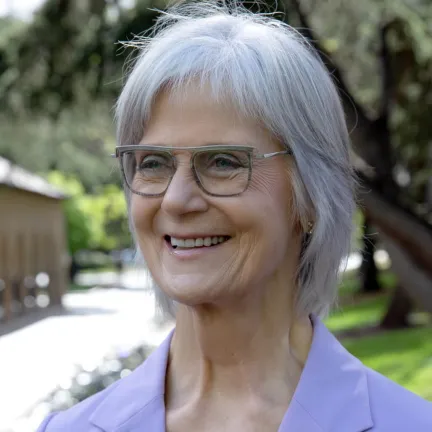Inclusive Leadership for Innovation and Excellence
The relationship between diversity and performance has recently received an enormous amount of attention, not only in the behavioral and social sciences but also in organizations struggling with the challenge of creating and maintaining a diverse workforce.
Important questions have arisen regarding whether and how diversity affects the performance of groups and organizations. Some scholars have suggested that diversity may improve group performance by:
- Taking advantage of complementarities between different perspectives or skills
- Broadening the talent pool
- Leveraging conflict and/or competition
- Discouraging stereotypes
- Reducing overconfidence
For example, it has been documented that firms with three or more women (i.e. more gender diversity) on their boards of directors have 5.2% higher return on equity, 5.3% higher return on sales, and 3.8% higher return on invested capital (Catalyst, 2007), compared to other firms. However, diversity may harm performance by exacerbating agency problems, harming coordination, reducing trust, and (when mandated by rule or law) distorting hiring away from the best-qualified individuals.
Course Introduction
In this course, we will explore the barriers and potential solutions to creating and maintaining a diverse workforce using a combination of pedagogical tools including (but not limited to):
- Role simulations
- Participant-organizational observations and explorations
- Case analyses
- Team assignments
- Self-reflection
We will also explore practical methods for creating a workplace culture in which all people feel valued and included.
Key Topics
- The Value of Diversity in Innovative Teams and Organizations
- Barriers to Diversity: Not enough qualified people
- Barriers to Diversity: Non-conscious bias
- Barriers to Diversity: Malleable or inappropriate recruiting criteria
- Barriers to Diversity: Differential Evaluation criteria
- Solutions for Designing for Diversity: Hiring
- Solutions for Designing for Diversity: Evaluations
- Solutions for Designing for Diversity: Culture of Inclusion
- Solutions for Designing for Diversity: Internships, “Try-Outs,” Networking, and the Strength of Weak Ties
- Solutions for Designing for Diversity: Virtual organizations, virtual teams
Contact
¹ Alesina & Ferrara,2005; Apfelbaum, Phillips, & Richeson, 2014; Joshi & Roh, 2009; Kochan, Bezrukova, Ely, Jackson, Joshi, Jehn, Leonard, Levine, & Thomas, 2003; Laitin & Jeon, 2013; Leslie, Manchester, & Dahm, 2017; Levine, Apfelbaum, Bernard, Bartelt, Zajac, & Stark, 2014; Mannix & Neale, 2005; Post & Byron, 2014; Simpson, Carter, & D’Souza, 2010; Terjesen, Sealy, & Singh, 2009; Thomas & Ely, 1996; van Dijk, van Engen, & van Knippenberg, 2012; van Knippenberg & Schippers, 2007; Williams & O’Reilly, 1998; Bauman et al., 2014; Daniels et al., 2017; Kang et al., 2010; Lee & James, 2007; Unzueta et al., 2012; Unzueta & Binning, 2012.
² Galinsky et al., 2015;Page, 2007 a,b);Niederle et al., 2012; Lount & Phillips, 2007;Loyd, Wang, Phillips, & Lount, 2013; Berdahl et al., 2015; Levine et al., 2014.
³ Chatman, Polzer, Barsade, & Neale, 1998; Jehn, Northcraft, & Neale,1999; Laffont & Martimort, 2002 Aggarwal & Woolley, 2013; Klein & Harrison, 2007;Van den Steen, 2010; Alesina & Ferrara, 2005; Ahern & Dittmar,2012.



